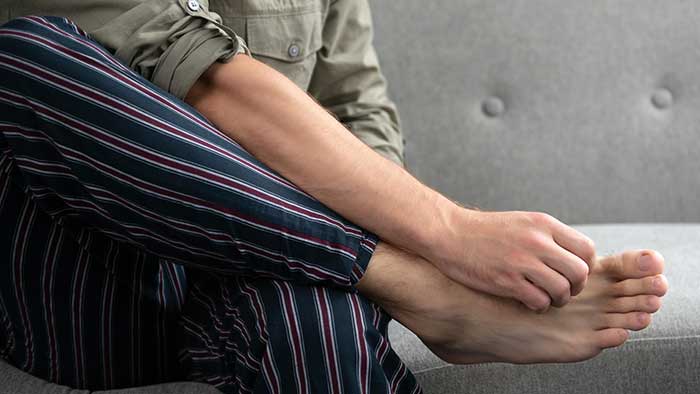The Brazilian Society of Dermatology – Rio Grande do Sul Section (SBD-RS) warns of the significant increase in cases of Tinea pedis, popularly known as athlete’s foot, since the beginning of this month, when the floods occurred in the state. SBD-RS dermatologist Renata Sanseverino highlights the need for a correct diagnosis, especially for those who have been in direct contact with contaminated water.
“Tinea Pedis is caused by dermatophyte fungi and occurs after contact with contaminated places. Predisposing factors include wearing closed shoes and keeping feet moist for long periods. With the floods, we have seen cases of extensive injuries in people who had contact with contaminated water and prolonged use of galoshes,” explains Sanseverino.
The infection can present fissures between the toes, which are painful and can serve as a gateway for other secondary bacterial infections, worsening foot injuries and potentially developing into more serious diseases, such as erysipelas. Treatment consists of topical antifungals or, in more extensive or refractory cases, systemic antifungals.
“Nystatin creams, such as those for babies, are not the most suitable for treating tinea pedis. Trying to keep your feet dry, using powder and properly treating your shoes are effective ways to prevent the recurrence of this infection,” highlights Sanseverino.
Given this scenario, SBD-RS reinforces the importance of seeking a dermatologist at the first sign of symptoms. Qualified professionals can be found on the entity’s website. In cases of suspected infection, it is essential to seek medical advice for a correct diagnosis and appropriate treatment.






